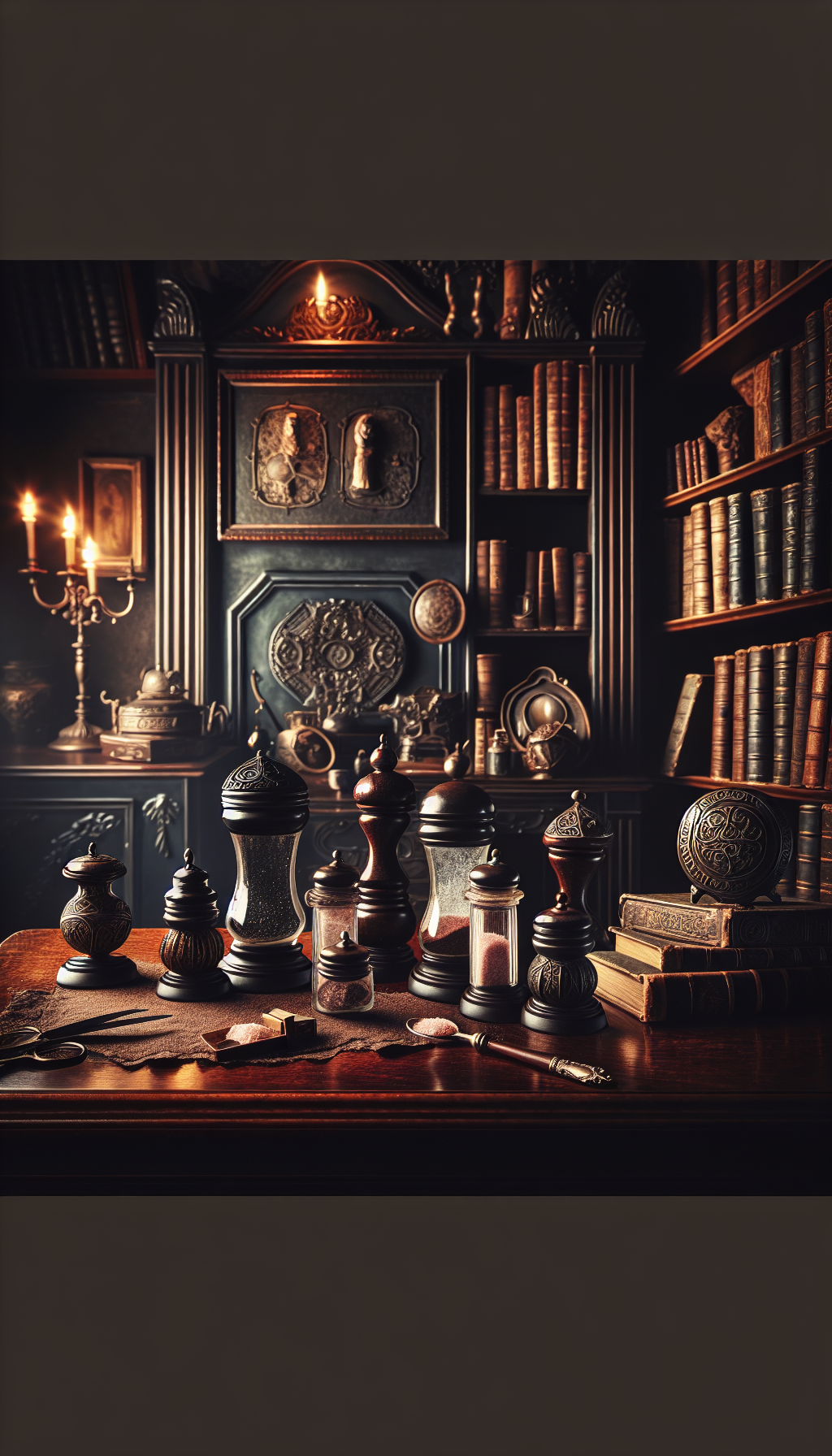Meito China Appraisal Retroneu China Set
The phrases “Meito China” and “Retroneu china set” turn up often in estates, downsizing sales, and inherited dinnerware. While both are porcelain/tableware brands, they come from different eras and appeal to different buyers. This guide explains how to identify, date, and appraise Meito and Retroneu pieces, what affects value, and how to avoid common pitfalls.
Background: Two Brands, Two Markets
Meito China
- Origin: A Japanese export brand produced by Nagoya-area factories in the first half of the 20th century, most associated with Nagoya Seito (Nagoya Ceramic Co.). It sits in the same broader industrial region as Noritake/Morimura.
- What you’ll see: Fine porcelain tableware (and some decorative wares) in hand-painted florals, gold-encrusted borders, moriage (raised enameling), luster glazes, and later transfer-printed patterns. Backstamps typically read “MEITO CHINA,” often with “Hand Painted,” “Japan,” or “Made in Occupied Japan.”
- Collecting focus: Early hand-decorated pieces, elegant gold-bordered services, Art Deco-era shapes, and scarce patterns or serving forms.
Retroneu
- Origin: A late-20th-century lifestyle/import brand used for dinnerware and flatware, with production outsourced (commonly China or Indonesia). Pieces largely date from the 1990s–2010s.
- What you’ll see: Contemporary stoneware, porcelain, and some bone china lines; everyday and seasonal patterns; dishwasher/microwave-safe markings are common.
- Collecting focus: Functional sets for daily use or décor; replacement value rather than antique value. Certain holiday or discontinued patterns can have stronger seasonal demand.
Bottom line: Meito China occupies the collectible/early-to-mid-century porcelain market; Retroneu is modern decorative/utility dinnerware. Appraisal approaches overlap but value drivers differ.
Identify and Date Meito China
- Read the backstamp
- “MEITO CHINA” with “Hand Painted” and “Japan” — interwar to postwar export porcelain. The words may appear within a wreath or shield.
- “Made in Occupied Japan” — roughly 1947–1952. Useful dating clue rather than an automatic premium.
- “Japan” vs. “Nippon” — US tariff rules changed in 1921 from “Nippon” to “Japan.” Most Meito-branded tableware you’ll encounter will say “Japan.” If you see “Nippon,” it typically indicates pre-1921 export; those marks are more commonly associated with Morimura/Noritake and other Nippon-era makers, though some Nagoya-area output overlaps. Treat “Nippon” marks cautiously due to reproductions (see pitfalls below).
- Examine technique and trim
- Hand-painted vs. transfer: Early Meito often has hand-painted florals and gold accents; later pieces may use transfers/decals with hand-applied gold. Under magnification, transfers show a dot/grain pattern; hand paint shows brushstrokes and slight variation.
- Moriage/raised enamel: Raised white or colored beading in decorative borders can indicate more labor-intensive work—often more desirable.
- Gold/encrusted bands: Thick, patterned gold bands (Greek key, scrollwork) were popular on formal sets. Heavy edge wear materially affects value.
- Assess form and style cues
- Prewar shapes: Scalloped rims, fluted bowls, footed cups with delicate handles, and elaborate gilding.
- Postwar shapes: Cleaner rims, more standardized forms, and simpler patterns suited to mid-century taste and export markets.
- Material and translucency
- Most Meito you’ll see is fine porcelain. If labeled “bone china,” verify by backlighting a rim (bone china is highly translucent) and performing a gentle ring test (a clear bell-like ring suggests fewer flaws).
- Pattern identification
- Many Meito patterns were named or coded, but not all marks include a name. Pattern matching is typically done by comparing border motifs, floral sprays, and handle shapes against recognized examples or replacement catalogs. Keep a sharp eye on band color (cream vs. white body) and the exact gold motif.
Dating shorthand for Meito:
- “Japan” (no Occupied reference): typically 1921–1945 or 1952 onward.
- “Made in Occupied Japan”: about 1947–1952.
- Construction/style can refine the date range within those periods.
Identify and Date Retroneu China Sets
- Read the backstamp
- “RETRONEU” in uppercase, often with the country of origin (China or Indonesia), and sometimes with a pattern name or code. Many pieces also note “Dishwasher/Microwave Safe.”
- If “Bone China” is indicated, it will usually say so plainly. Otherwise expect porcelain or stoneware.
- Pattern and line
- Retroneu offered everyday lines (stoneware or porcelain) and occasional bone china series, plus holiday/seasonal designs. Patterns are usually descriptive (floral, geometric, banded) and modern. Forms tend to be practical: broad-rim dinner plates, cereal bowls, mugs, and simple serving pieces.
- Dating cues
- Most Retroneu dinnerware on the market dates to the 1990s–2010s. Modern safety/laundering text is a giveaway; packaging (if present) may have barcodes or contemporary branding.
- Unlike Meito, Retroneu has little in the way of early-decorative vs. late-production style divergence; the market reads it as modern.
- Replacement compatibility
- Retroneu pieces can vary by factory run (glaze tone, rim width). Check that pieces in a “set” match precisely—same sheen, backstamp wording, and dimensions—because mixed-lot sets bring less.
Appraisal Factors, Values, and Market Realities
- Condition grading (both brands)
- Mint/near-mint: No chips, cracks, crazing, stains, utensil wear, or gold loss. Decals intact; matching sheen across the set.
- Very good: Minor utensil marks, faint gold wear at the extreme rim.
- Good: Noticeable utensil wear, moderate gold loss, small craze lines or minute nicks on footrings.
- Poor: Chips, hairline cracks, discoloration, heavy wear, dishwasher etching on gilding. Functional but low value.
Gold wear, crazing in the glaze, and stains in crazing lines sharply diminish collector value for Meito. For Retroneu, wear reduces replacement value but is often tolerated for utility sets.
- Completeness and composition
- Services for 8 or 12 bring more attention than partial sets. Inclusion of desirable serving pieces (covered vegetable, large platter, gravy with attached underplate, large round vegetable, butter dish) can add disproportionately to value.
- Mugs are more desirable in modern sets; demitasse cups are less in demand unless collectors seek them.
- Pattern desirability
- Meito: Heavy gold borders, hand-painted florals, and elegant Art Deco motifs do well. Lusterware can be hit-or-miss; color combinations (peach/mother-of-pearl with black) appeal to a niche. Some patterns were widely exported and are common; rarity helps, but only when matched with high style and condition.
- Retroneu: Holiday/seasonal patterns spike in Q4. Simple white bone china with a platinum band can outperform casual stoneware. Discontinued patterns with active replacement demand do better.
- Market channels and price tiers
- Retail replacement (piece-by-piece) vs. auction vs. local sale produce different results. Retail replacement is the top of the range; online auctions and local marketplaces settle nearer the middle; bulk estate sales can be lower.
- Shipping sensitivity: Heavy dinnerware is costly to ship. Local-only sellers must price more aggressively; national sellers can achieve higher prices but must pack expertly.
- Typical value ranges (as of recent secondary-market trends)
- Meito China (common patterns, clean condition):
- Dinner plate: $8–25
- Salad/bread plate: $5–15
- Cup & saucer set: $10–25
- Serving bowl/platter: $20–80 (larger or ornate toward the top)
- Coffee/tea pot (decorative, hand-painted/gilded): $75–250+
- Full service for 8 (4–5 piece place setting, limited serving pieces): $150–350
- Scarcer/high-style sets with heavy gold or raised enamel: service totals can reach $400–800+, but only with excellent condition and complete composition
- Retroneu (most patterns):
- Dinner plate: $3–12
- Mug: $3–8
- Serving pieces: $10–40
- Full service for 8: $100–250
- Seasonal/holiday patterns: can rise 20–50% in Q4, with well-composed sets occasionally $150–300+
These are broad ranges; verify with recent sold prices for the exact pattern and condition. Always consult sold results rather than asking prices.
- Adjustments
- Matched serial runs and excellent, uniform condition raise value.
- For Meito, authentic early hand-painting and intact gilding can lift individual serving pieces into premium territory.
- For Retroneu, original boxes and unused condition improve appeal, especially for gifting or holiday sets.
Quick Appraisal Checklist
- Verify the backstamp:
- Meito: “MEITO CHINA” + Japan/Occupied Japan; note wreath/shield emblems.
- Retroneu: “RETRONEU” + country of origin; look for pattern name/code and care text.
- Date the piece:
- “Occupied Japan” ≈ 1947–1952.
- “Nippon” pre-1921 (use caution; verify authenticity).
- Modern safety markings usually mean 1990s–2010s.
- Confirm technique:
- Hand-painted vs. transfer (loupe test).
- Raised enamel/moriage and heavy gold enhance desirability.
- Assess condition:
- Check rims for gold loss; inspect under strong light for utensil marks, crazing, or hairlines.
- Run a clean fingernail around edges and handles for nicks.
- Match the set:
- Ensure uniform backstamps, glaze tone, and measurements.
- Inventory counts by piece type; note missing or extra items.
- Establish comps:
- Use recent sold prices for the exact pattern/size.
- Adjust for channel (retail replacement vs. auction), seasonality, and shipping realities.
- Decide strategy:
- Break into lots if replacement demand is strong; sell as a set if shipping and effort outweigh per-piece gains.
FAQ
Q: Does “Made in Occupied Japan” make Meito automatically more valuable? A: Not by itself. It helps date the piece but value still hinges on pattern, condition, and desirability. Some Occupied Japan items sell well; others are common.
Q: How can I tell if Meito decoration is hand-painted? A: Use a 10x loupe. Hand-painted areas show brushstrokes and minor variation; transfers show uniform dot patterns or halftone screens. Also, raised gold or enamel often indicates hand application.
Q: Are Retroneu sets considered collectible? A: They’re more “replacement/functional collectible” than antique. Value resides in completeness, condition, and whether the pattern is discontinued and still sought by owners filling in sets.
Q: My set mixes “Japan” and “Occupied Japan” backstamps. Is it a problem? A: Mixed marks can occur through replacements. Purist collectors prefer uniform marks. For daily-use buyers it may not matter, but it can reduce top-end value.
Q: Should I put gilded Meito china in the dishwasher? A: No. Hand-wash with mild detergent and soft cloth. Dishwashers can etch gilding and accelerate wear, cutting value and appeal.
By methodically confirming marks, dating the ware, assessing technique and condition, and aligning expectations with recent sold prices, you can produce a confident appraisal for both Meito China and Retroneu sets—and decide whether to sell as a complete service or part out for replacement buyers.



